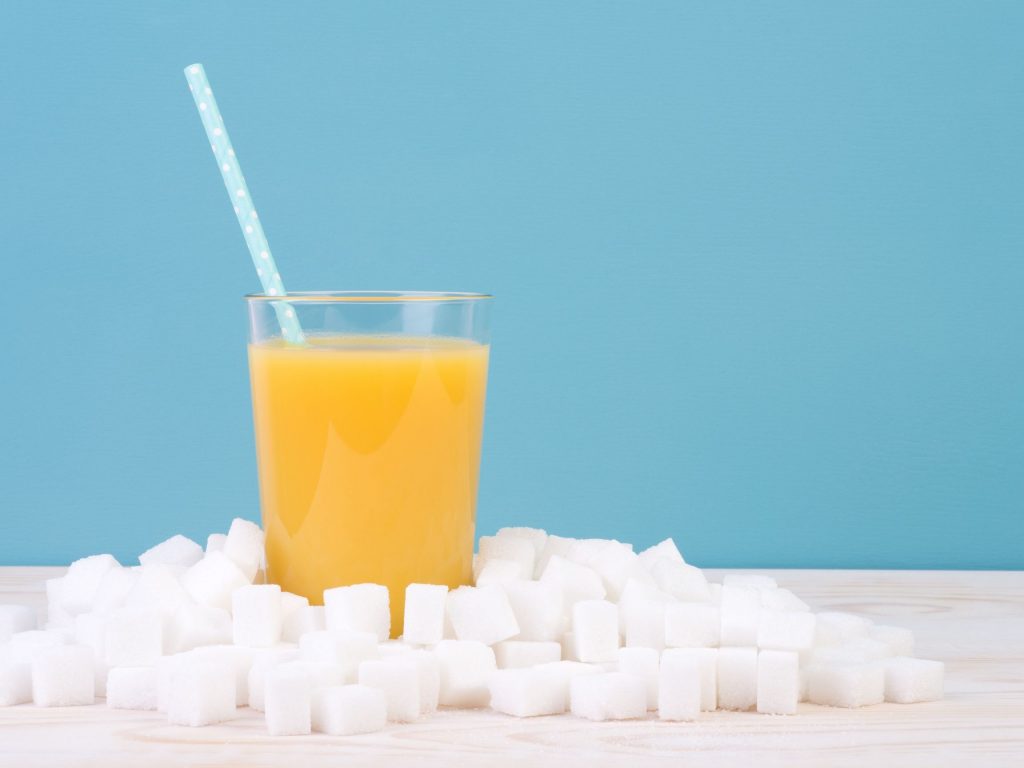We relive the magical moment when we first held our newborn in the arms. It was a moment of trepidation, ecstasy, and gratitude all rolled into one big emotion! The baby’s crown (top of the head) is a delicate spot so you must avoid exerting pressure. Secondly, the baby cannot hold up its head at this stage so the head and neck need constant support. In this article, I have given you a few tips on safe and gentle positions to hold a baby.

Gentle and Safe baby-carrying positions
You may have to carry the baby while you are standing, walking, sitting, and even in a prone position. Every time, you will have to adjust the hold so that the position of holding the baby is safe and gentle. Here are the tips:
Feeding Position

Place your left hand under the head-neck of the baby and the right hand under the buttocks. Lift the baby to your torso. Gently move the right arm upwards along the spine to support the head-neck as well. Place the head at the elbow the left arm and slide the baby’s body along the left arm. Lean the left arm against your torso for extra support.
Carrying Position

Carrying a baby against your shoulders is one of the most natural and easy babies carrying positions. Place your hands under the baby’s armpits while it is facing you. Make sure that your fingers are supporting the neck and head. Now gently lift the baby till its head is resting on your shoulder. To make this a truly safe and gentle position to hold a baby, ensure that the child can see over your shoulders. The nose should not be resting on your shoulder otherwise the baby will feel smothered.
Burping Position

One of the easiest baby-burping positions is the belly hold. Turn your baby so that the stomach is facing down on the mattress. Now slide your right arm under the baby from the face towards the legs and lift the baby. Support the back with the other hand. Use gentle strokes on the back to burp the baby.
Chores Position

Once your baby can hold its neck steady, you can use the hip hold. Face your child towards you or outwards and place the baby on your hip. Place your arm around the baby’s waist for support. This is a gentle and safe baby carrying position while you want to complete some chores with the free arm.
Coffee-Break Position

This baby carrying position is the most comfortable one for you as well as the child and perfect for a much-needed coffee break. Sit down in a comfortable chair and let your baby sit facing outwards. Your torso will support the baby’s head, neck, and spine.
Crying Baby Position

Lift your baby, secure its arms and hold them with the other hand. Make a 45-degree angle of your arm and move it slowly like a swing. The baby will feel soothed and will stop crying.
Holding your baby safely and gently is an instinct but knowing the best positions will make you and your baby happy.




